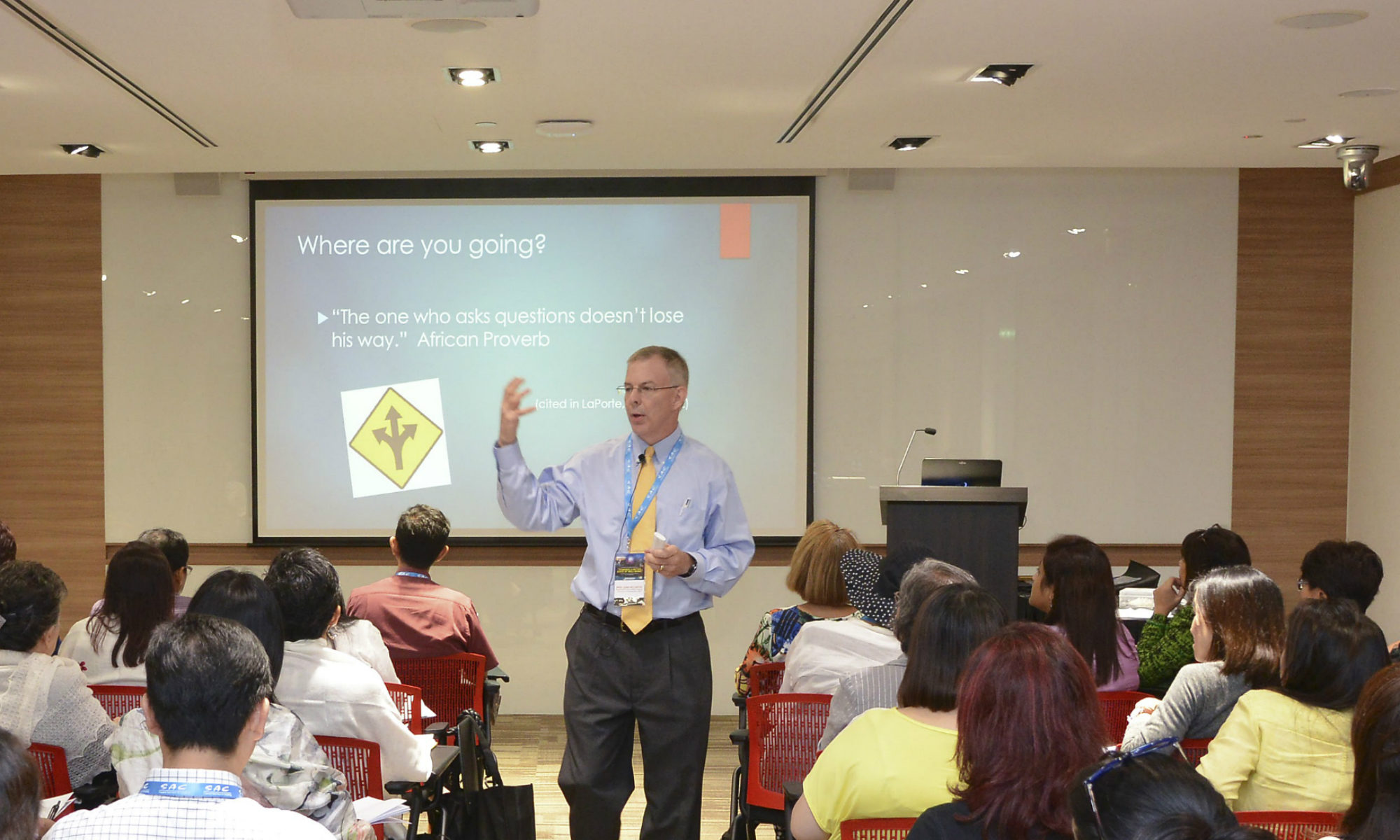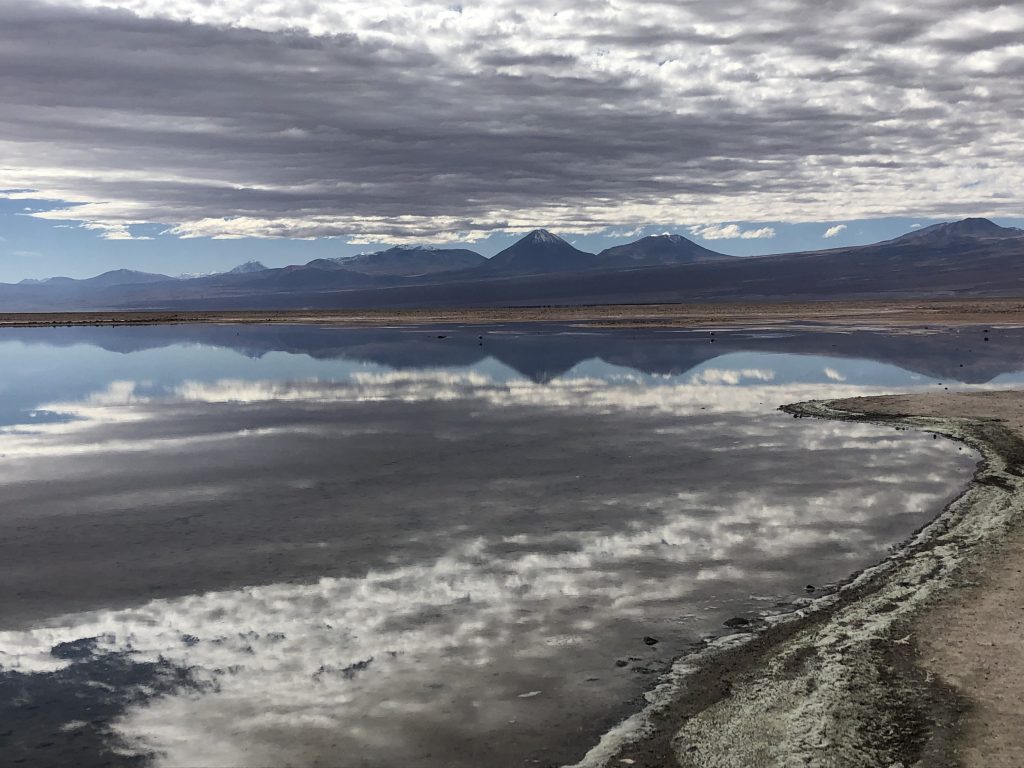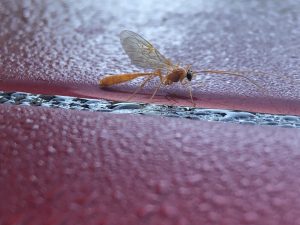
Creativity=recycling.
Really?
One of my daily household duties is to empty a small recycling bin in our kitchen into a large recycling can in our garage. A peek into the recycling can will reveal a host of seemingly nonrelated things: water bottles, junk mail, used cans of garbanzo beans, and that Yellow Pages book from 15 years ago that finally made its way out of the house.
The EPA estimates that Americans recycle 66 million tons of things annually (Albeck-Ripka, 2018).
“So what does this have to do with creativity?” you wonder.
Dr. Paul Silvia, a professor in the Department of Psychology at the University of Carolina at Greensboro who has done a great deal of research on creativity, wrote the following: “Creativity is a sort of cognitive alchemy. We know things–experiences, ideas, images, words, concepts–and somehow from what is old and known becomes something new” (2018, p. 298).
Recycling?
When it comes to creativity, “new” ideas may actually be old ideas—sometimes really old ideas–put together in a way that comes out as innovative or ground-breaking or rejuvenating. F example, one of the stories of the “invention” of the ice cream cone dates back to the 1904 World’s Fair in St. Louis when Ernest Hamwi was selling a wafer dessert next to an ice cream stand. He suggested that the two things—the wafer and the ice cream—meet, and Hamwi found himself named as the official creator by the International Association of Ice Cream Manufacturers in the 1950s (Fabry, 2016).
Notice how the headline this week of something creative is representative of “other” ideas combined in some way. That recycling bin can hold some treasures to the future of creativity.
Albeck-Ripka, L. (2018, May 29). Your recycling gets recycled, right? Maybe, or maybe not. The New York Times. https://www.nytimes.com/2018/05/29/climate/recycling-landfills-plastic-papers.html
Fabry, M. (2016, April 12). The murky history of the ice cream cone. Time. https://time.com/4288576/ice-cream-cone-history/
Silvia, P. J. (2018). Creativity is undefinable, controllable, and everywhere. In R.J Sternberg & J.C. Kaufman (Eds.), The nature of human creativity (pp. 291-301). Cambridge University Press.


